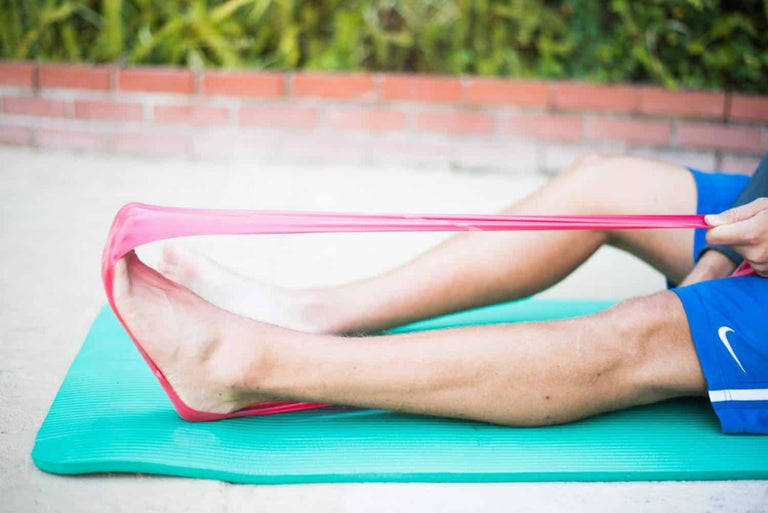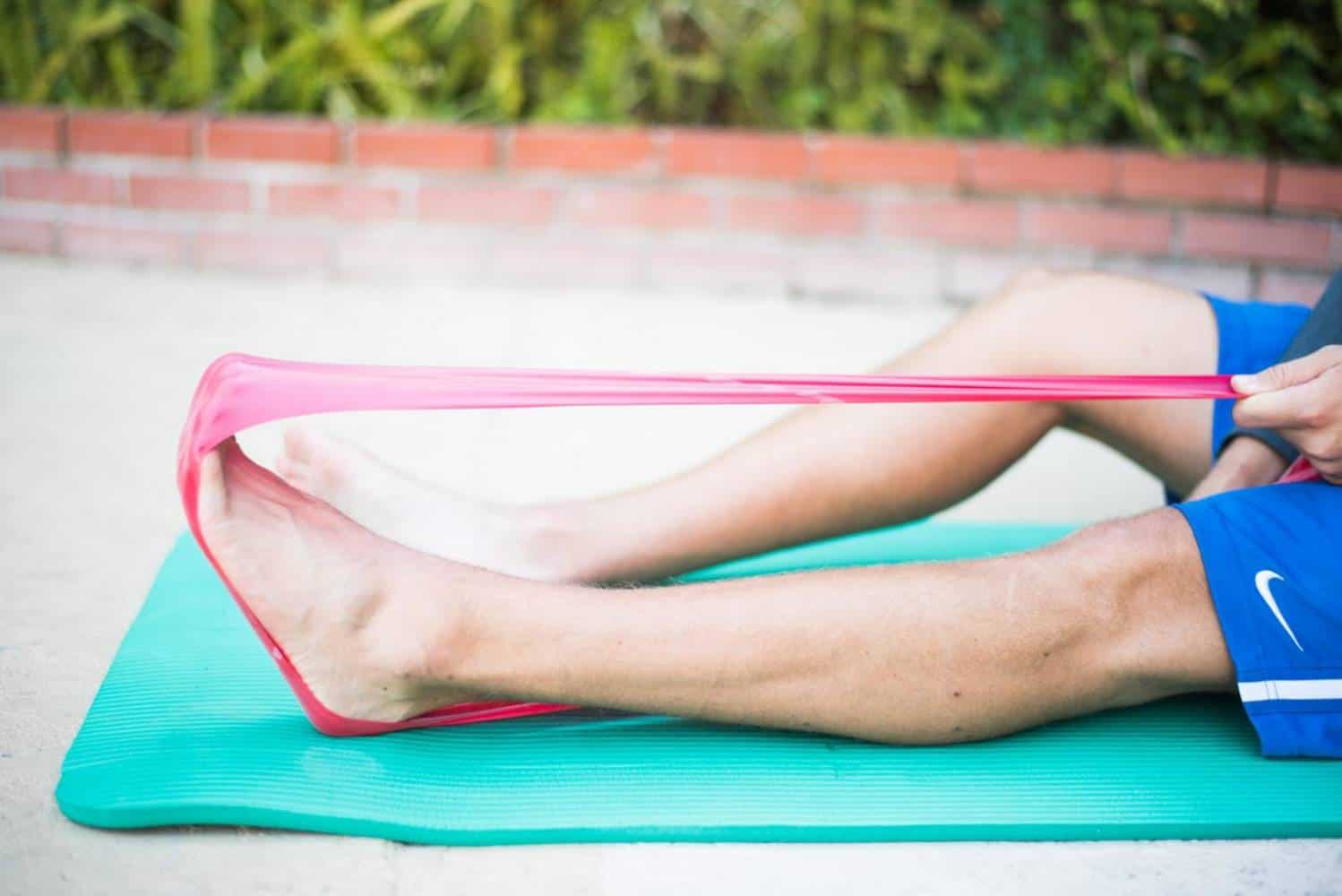You train to be stronger, healthier, faster – better. It can be incredibly frustrating, then, when you have to deal with an injury that takes you out of your routine for long stretches of time. To help you get back to it faster, and avoid future injuries, here are 10 strategies for healing after athletic injuries.
- Check your diet – It’s often said that “you can’t out-train a bad diet” and this bromide has been proven countless times by athletes and casual exercisers alike. While your training can lead to increases in speed, strength and everything else you’re looking for, your body can only make those changes if it has the raw materials to do so. This, of course, includes the macronutrients (fat, carbs, and protein), but also requires numerous micronutrients – like vitamin and minerals. Make sure that your macronutrients are in balance, that your getting enough total calories and focus on a variety of whole-foods to make sure your diet is providing plenty of micronutrients.
- Crosstrain – While it’s important to keep your training specific for your sport, working the same muscles in the same way too frequently can lead to overuse injuries. By using other activities to complement your primary sport, you can spread the cumulative load throughout your system, rather than just overloading a specific part of your body. Runners, for example, can swim. Weightlifters often benefit from Pilates. While crosstraining can be used to prevent injury, it can also help you recover by allowing you to stay active, but shifting the focus to a different aspect of your fitness.
- Deload – Perhaps the most commonly used and most obvious approach, is the deload. The idea here is to simply reduce the frequency and intensity of your training so that your body has time to recover. This can mean different things for different athletes. Runners could cut their speed or their mileage. Lifters can reduce the resistance they use. This strategy works well when combined with crosstraining, as well.
- Branched-chain Amino Acids – Among the many nutrients that your body needs to aid in recovery, branched-chain amino acids (BCAAs) deserve special mention. This group of aminos has been shown to have a large influence on muscles growth and recovery, decreasing soreness and speeding recovery from muscular injuries. While BCAAs can be found in certain foods, a supplement like Gnarly BCAAs is a convenient way to make sure you’re getting adequate amounts.
- Foam-rolling – Also called self-myofascial release, foam rolling is essentially a form of self-massage. By using a foam-covered tube, the idea is to mash out any knots that many have formed in the muscle. The process is not pleasant but has been shown to speed recovery, increase range of motion and even improve certain aspects of athletic performance like jump height.
- Check your thinking – This might seem like a pretty simple concept, but an athlete’s mindset can often be a big part of the problem. Of course, you push yourself and that’s what makes you awesome. But, you can go too far. Very often, injuries are a humbling experience for athletes, forcing to them to rethink their approach to training. Take time to root out any negative aspects of the way you think about your training and try to approach it from a more positive, balanced view.
- Bone health – Depending on the nature of your injury, the culprit may have been weak or undertrained bones. And yes, bones need to be trained. Similar to muscles, bones grown stronger with resistance training but can be overloaded, especially during high-impact sports. Use low-impact exercises with proper form to help increase your bone health, in combination with a diet rich in iron, calcium, and vitamin C.
- Joint health – Right along the same lines as bone health, athletes need to consider their joints. While all injuries can cause inflammation, when this occurs in the joints it is especially noticeable and frustrating. Treat the inflammation as recommended by your doctor and/or trainer, but also be mindful of it during training.
- Functional training – Continuing the same thought, design your training program so that it helps to build up movements – not just muscle groups. Focus on movements that are specifically useful to your sport so that when you perform these actions during competition, you are executing them efficiently and safely.
- Ease back in – Particularly if you’ve been in rehabilitation for a long time, you’re likely anxious to get back to your routine. Resist the urge to dive back into the same training schedule you were keeping, since this will likely be frustrating and could cause even more injuries. Instead, gradually work your way back to where you were.




